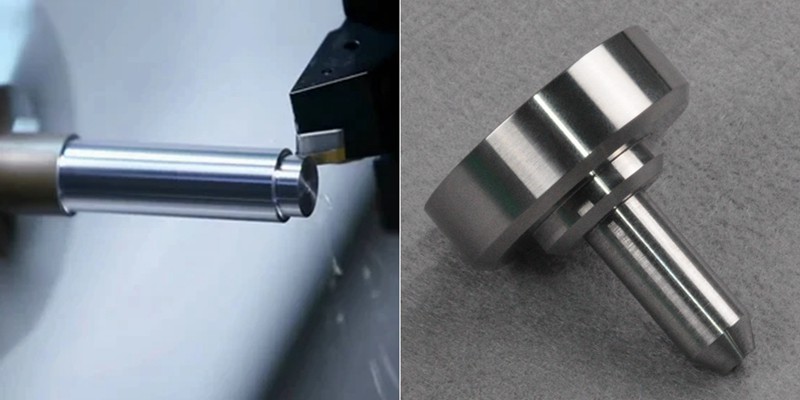- December 15, 2023
The shaft machining process is an efficient method of manufacturing long and cylindrical mechanical components of engines responsible for transmitting power and torque within equipment. Besides, these precision shafts are of different types and are necessary components commonly utilized in various applications and industries, from the construction industry to industrial machinery.
However, it is essential to understand everything about shaft machining because each machined shaft must match the specific needs of the intended application. This article will discuss what a machined shaft is and how to process custom machined shafts. You will also learn about the techniques and considerations for effective shaft machining.
What is a Machined Shaft?
A machined shaft is a cylindrical or round mechanical part that transfers rotational motion and power between various machine components. Depending on the intended application’s requirements, these machined shafts are often made of metals like aluminum, titanium, steel, or stainless steel.
These shaft parts are important in transmitting rotational force and torque within machinery, facilitating seamless operation and efficiency. In addition, the custom-made shaft can ensure a better performance and functions of a machine in the intended applications.
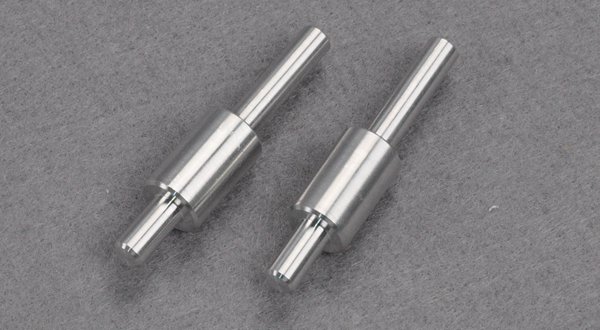
How to Process Custom Machined Shafts?
Custom shaft manufacturing involves a series of procedures that help derive the preferred dimension, precision, and surface finish. As such, it would be best to identify the intended application, working conditions, and project requirements to create functional custom shafts. Here are steps on how to process custom machined shafts.
Design and Programming
The initial step in making custom-machined shafts is to design and program. You must determine the shaft material, diameter, and length specifications. Then, you will create a CAD (computer-aided design) file for your custom-machined shaft with CAD software.
Then, generate tool paths for the CNC machine according to the requirements of the shaft parts using the computer-aided manufacturing (CAM) software package. To achieve this, you should develop a CNC program (a set of machine-readable instructions known as G-code) using the CAM software. Afterward, you will load it into the CNC machine controller to guide the machining process.
Machine Setup
When setting up a CNC machine to manufacture shafts, you have to choose the appropriate machine type, such as a milling machine or lathe. Then prepare the workpiece and choose the right cutting tool, like end mills or turning tools. Also, ensure the workpiece is secured firmly with the right fixtures, and use sharp cutting tools.
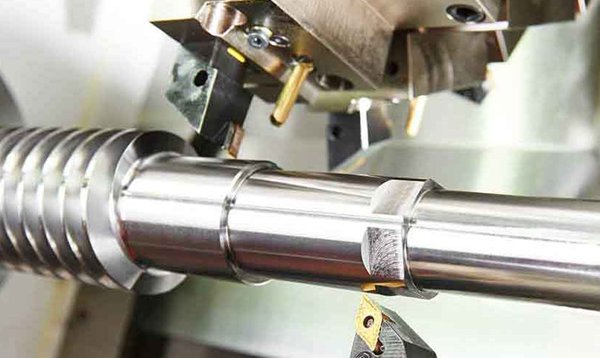
Shaft Machining Process
It would be better to use CNC machines to cut the custom shafts to the preferred specifications. Machinists often utilize the CNC turning method due to its versatility and high precision in machining cylindrical components such as custom shafts. It rotates the cylindrical shaft as the cutter removes material. However, it is need to monitor the machining stages and inspect the machined shafts to ensure quality.
Surface Finishing
There is a wide variety of compatible surface finishing to choose from after manufacturing your custom shafts. These surface finishes are suitable for improving the machined shafts’ functionality and physical appearance, ensuring they match the intended application’s requirements. Bead blasting, anodizing, and passivation are typical examples of compatible surface finishing for custom shafts.
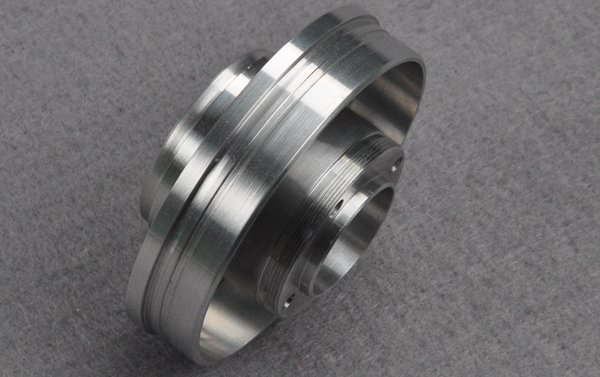
Types of Machined Shafts and Their Uses
Machined shafts are of various types, each with its different load capacity, rotational speed, and uses. Common types of shafts and their uses include:
Hollow Shafts
Hollow shafts often bear a central hole or void, allowing fluid, wire, and other components to pass. They usually have low weight in contrast to solid shafts of similar size. Hollow shafts are applicable in racing vehicles and aircraft to reduce weight. In addition, they are also applicable to conveyor systems, pumps, and medical devices.
Threaded Shafts
These machined shafts have internal or external threads cut into them, which match the threads on a corresponding part like a nut. This form of connection is often found in applications requiring frequent attachment or detachment, like electrical or plumbing work. Threaded shafts are also used in threaded spindles, lead screws, and fastening mechanisms.
Keyed Shafts
A keyed shaft is a type of machined shaft with a keyway cut into it to secure components such as sprockets, pulleys, or gears. The machined keyways have the same width as a key. As such, the keyway accommodates the key, engaging the other component’s corresponding teeth to prevent it from rotating independently or slipping. Keyed shafts are ideal for maintaining a connection in high-torque applications like motors and pumps.
Splined Shafts
These machined shafts have longitudinal grooves or splines cut into them along their length that fit into matching splines machined into a corresponding component like a pulley or gear. This is a strong form of connection, allowing seamless power transmission since no relative movement occurs between the two parts. They are often utilized in applications requiring precise positioning or torque transmission, like automotive transmission or gear couplings.
Tapered Shafts
A tapered shaft has a gradual reduction in diameter along its length. Tapered shafts are often used in applications where components like automotive wheel hubs, pulleys, or gears must be securely mounted.
Techniques Used in Manufacturing Precision Shafts
Manufacturers often employ various techniques in machining precision shafts to achieve preferred tolerances and surface finish. Here are common shaft manufacturing processes.
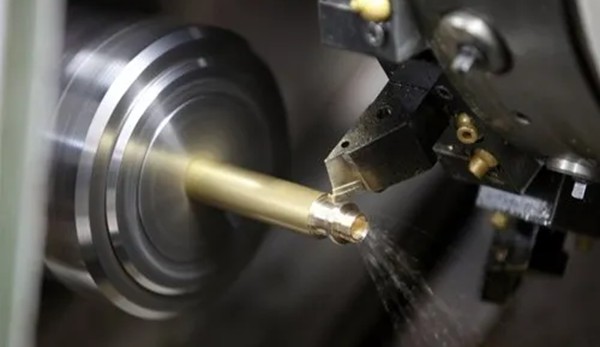
CNC Turning
This process is ideal for machining cylindrical turned parts such as precision shafts. The CNC machine spins the shaft attached to the chuck while the cutting tool removes excess material from its surface. CNC turning provides the required diameter and surface finish for machined shafts. More importantly, CNC turning is your go-to option for high-volume production situations when you need to produce many shafts quickly.
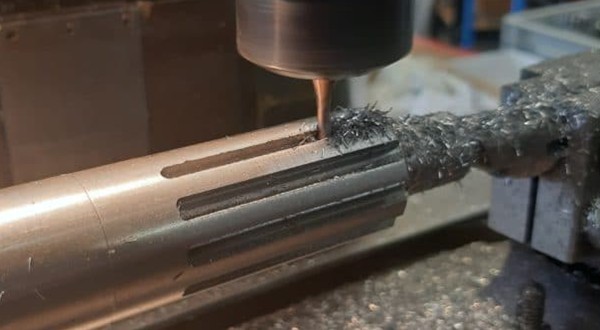
CNC Milling
Milling is an efficient technique of cutting a blank with rotating cutters to fabricate features such as splines, flats, and keyways on the surface of the precision shafts. The process involves cutting the stationary shaft into desired shapes and sizes with rotating multi-point tools.
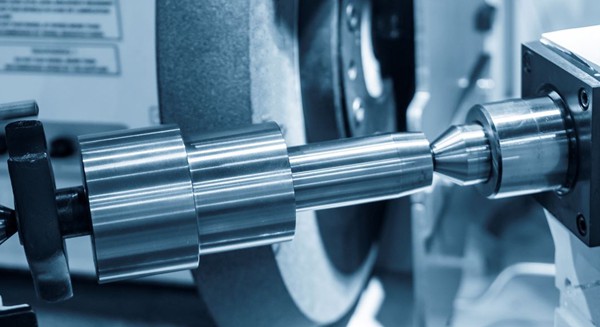
CNC Grinding
Precision CNC grinding is a machining technique that utilizes an abrasive spinning wheel to smoothen the surface of machined shafts, ensuring the shafts meet the preferred dimensions and tolerances. This process works similarly to CNC machining, although it doesn’t use a cutting tool. Here, a rotary grinding wheel engages the surface of the shaft to shape it.
CNC Drilling
The CNC drilling process helps machine holes and channels across precision shafts, allowing gears to attach to the shaft. This technique creates grooves of varying diameter and depth, allowing the machined shaft to function as expected. Drilling is not expensive and more straightforward than other techniques.
EDM (Electrical Discharge Machining)
Electrical discharge machining is an assisted technique for machining precision shafts. It uses electricity to cut the workpiece blank by vaporizing it. EDM is used to cut out small features from metal materials. More so, EDM is an efficient technique for fabricating intricate features in solid machined shafts.
What Materials are Available for Machining Shaft Parts?
Various materials are suitable for machining precision shafts for different applications. These materials must exhibit outstanding strength and endurable strength to withstand the requirements of the intended application. Common types of compatible materials include:
Aluminum
Aluminum is a lightweight and corrosion-resistant material. It exhibits excellent machinability, making it a choice for various applications where weight is crucial. Aluminum is your go-to material if the intended application requires lightweight machined shafts.
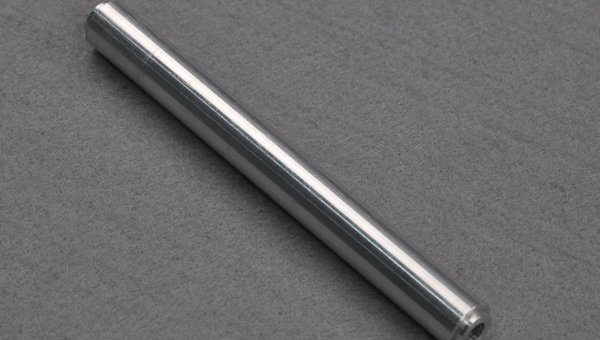
Stainless Steel
Stainless steel is a reliable metal for making precision shafts. Product engineers often use stainless steel when corrosion resistance is crucial. For instance, stainless steel grades 304 and 316 offer excellent resistance to corrosion. Hence, they have high usage in applications with high exposure to water or corrosive elements, such as chemical processing plants or marine environments.
Carbon Steel
Carbon Steel has excellent tensile strength and machinability. It can withstand heat treatment to enhance its hardness. As a result, it is a widely used material in shaft machining. The 1045 grade is an apt example of carbon steel material with moderate strength suitable for applications such as pump shafts or motor shafts.
Titanium
Titanium is a common choice for machining precision shafts for high-performance applications due to its high strength-to-weight ratio and outstanding corrosion resistance. The aerospace sector often uses titanium for precision shafts due to its properties.
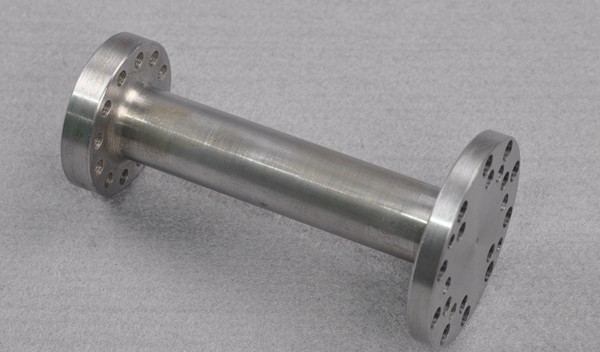
Alloy Steel
It offers the high strength and toughness required in precision machined shafts. Alloy steel 4140 or 4340 are typical alloys used to make precision shafts for heavy-duty applications like machinery or large industrial motors.
Nickel Alloys
Nickel alloys are ideal for machining shafts for highly demanding applications. It offers remarkable corrosion resistance and excellent high-temperature strength. Inconel is a good example of nickel alloy suitable for precision shafts in turbines or other high-temperature applications.
Surface Finishing Options for Custom Machined Shafts
Depending on the intended application of custom shafts, surface finishes are reliable for enhancing performance, durability, hardness, corrosion, and wear resistance.
Passivating
Custom shaft passivation helps to enhance the surface of stainless steel shafts. It involves cleaning the surface of the machined shaft with an acid solution that eliminates free iron compounds and other contaminants. As a result, a passive oxide layer forms on the shaft’s surface, making it more resistant to corrosive elements.
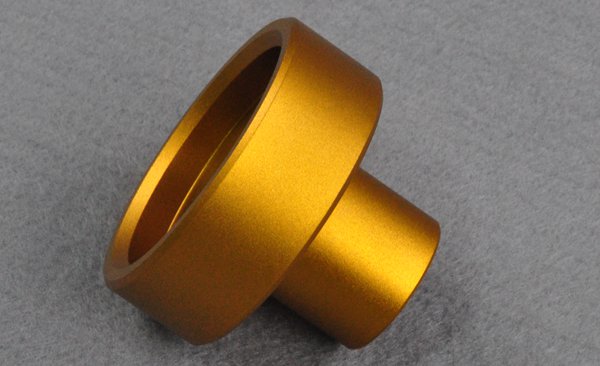
Anodizing
Anodizing is primarily suitable for aluminum machined shafts. It forms a hard, corrosion-resistant layer on the machined shaft’s surface to enhance its aesthetic appeal and corrosion resistance. Anodized shafts accept various color dyes for decorative purposes.
Electroplating
Electroplating is a reliable surface treatment that enhances the surface of machined shafts by depositing a thin layer of metal like zinc, nickel, or gold on it. This surface finish improves its wear and corrosion resistance.
Bead Blasting
Bead blasting is an excellent surface finish that involves releasing steel beads or fine glass at high pressure to clean the surface of your machined shafts. The bead blast finish gives your custom shafts a clean surface featuring a dull or satin look.
Polishing
Polishing is a surface finish treatment that prevents machined shafts from contamination and oxidation. It uses an abrasive material to eliminate nicks and scratches from your custom shafts’ surface, enhancing its corrosion resistance and reflective properties.
Considerations and Tips When Manufacturing Shaft Parts
There are certain factors to examine when manufacturing shaft parts. Here are helpful considerations for successful shaft parts manufacturing.
Determine the Expected Load and Torque
Determining the expected load and torque the machined shaft will be exposed to in your intended application is essential. It helps to ensure the manufacturing of reliable and accurate shaft parts to prevent shaft failure. Most especially, it also can decide the ideal material and diameter needed to make reliable and functional shaft parts.
Shaft Material
Factors such as material strength, temperature, and corrosion resistance are significant in deciding the suitable material when manufacturing shaft parts. It helps to ensure the machined shaft and parts last long and function appropriately in your intended application.
In addition, the chosen material must be able to withstand the loads of the application without failing. Moreover, each machining material offers its pros and cons. Therefore, choose the one that matches your project requirements and budget.
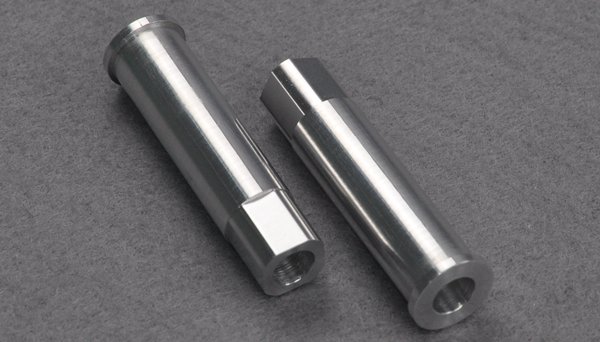
Define the Shaft Length and Diameter
Machine the length and diameter of the shaft and its components according to the requirements of your intended applications to avoid inaccuracies like deflection and extreme vibrations. More importantly, it would help to choose a cross-sectional shape that can effectively withstand the load the shafts will be exposed to.
Surface Finish
Adopting a suitable surface finish for your machined shafts is crucial to ensure their longevity. There are various surface finishes compatible with different shaft types of shafts. Shaft parts finished with processes like anodizing, powder coating, or passivation better resist corrosion, wear, and friction.
Quality Control in Shaft Machining
Ensuring quality control is important in manufacturing functional machined shafts. Regular quality inspections ensure the machined shaft’s dimensions, material properties, and surface finish match the specified requirements. As such, you can utilize procedures like surface roughness testing, coordinate measuring, and hardness testing during quality control.
What’s more, consistent quality checks enable efficient detection and correction of potential errors, mitigating waste and ensuring the machined shaft meets the preferred specifications.
WayKen’s Shaft Machining Capabilities
As a reliable rapid manufacturer, WayKen’s engineers and machinists have in-depth knowledge of various precision machining techniques, including 5-axis CNC machining, mill-turn machining, precision CNC turning, etc. We combine advanced CNC machines and machining expertise to machine different custom shafts to meet your specific requirements. Submit your design files to receive instant quotes today.
Conclusion
Shaft machining involves using innovative techniques and technology to machine shafts to meet design specifications. There are different types of shafts, each designed precisely to the requirements of each application.
FAQs
What is the standard tolerance for precision machined shafts?
The tolerances for machined shafts vary based on the application and specific requirements. However, standard tolerances for the diameter of a machined shaft range from +/- 0.01 mm to +/-0.05 mm, while the standard tolerances for length range from +/-0.1 mm to +/-0.2mm.
What is the purpose of a machined shaft?
A machined shaft is a critical rotating component in engines or machines responsible for transmitting or transferring power from one engine component to another.
What machining technique is ideal for manufacturing a shaft?
CNC turning is the most suitable machining process for manufacturing a shaft. It is a widely used subtractive process that rotates a stock material (rods) fastened to chucks while a specialized cutting tool removes material from it to create shaft parts with desired features.

